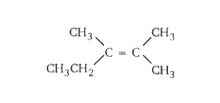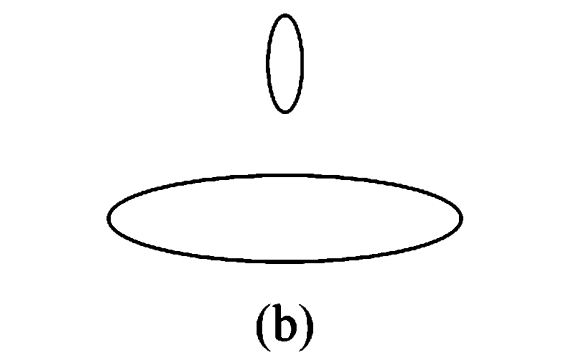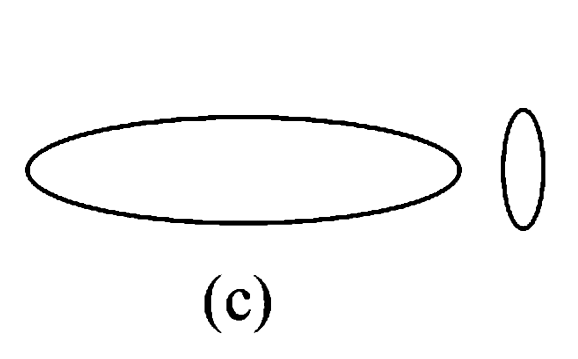Two circular coils can be arranged in any of three situations shown in the figure. Their mutual inductance will be (a)![Two circular coils can be arranged in any of three situations shown in the figure. Their mutual inductance will be (a) (b)(##AAKMCP32NEETPHYE32012Q02.png]() (c)" loading="eager" src="https://d10lpgp6xz60nq.cloudfront.net/physics_images/AAK_MCP_32_NEET_PHY_E32_012_Q01.png" width="80%" class="mx-auto" style="background:white;"> (b)(##AAK_MCP_32_NEET_PHY_E32_012_Q02.png" width="80%"> (c)
(c)" loading="eager" src="https://d10lpgp6xz60nq.cloudfront.net/physics_images/AAK_MCP_32_NEET_PHY_E32_012_Q01.png" width="80%" class="mx-auto" style="background:white;"> (b)(##AAK_MCP_32_NEET_PHY_E32_012_Q02.png" width="80%"> (c)
Maximum in situation (a)
Maximum in situation (b)
Maximum in situation (c)
The same in all situations
The correct Answer is:A
Step by step video & image solution for Two circular coils can be arranged in any of three situations shown in the figure. Their mutual inductance will be (a) (b)(##AAK_MCP_32_NEET_PHY_E32_012_Q02.png" width="80%"> (c) by Physics experts to help you in doubts & scoring excellent marks in Class 12 exams.
Updated on:21/07/2023Topper's Solved these Questions
Similar Questions
Knowledge Check
What,is the major product ofthe following reaction?
(##BLJ_MSC_OBJ_CHE_JEE_C05B_E01_057_Q01.png" width="80%">A B
B C
C D
D
Two circular coils can be arranged in any of the three situation shown in the figure. Their mutual inductance will be
 ,
,  ,
, 
View SolutionTwo cars A and B move in mutually perpendicular, directions as shown in the figure . Find vBA
(##AAK_T1_PHY_C02_SLV_051_Q01.png" width="80%">
View SolutionFind the equivalent resistance between P and Q.
(##ARH_NEET_PHY_OBJ_V02_C03_S01_032_Q01.png" width="80%">
View SolutionFind the effective resistance between points A and B for the network shown in the figure below.
(ARH_NEET_PHY_OBJ_V02_C03_S01_027_Q01.png" width="80%">
View SolutionA beam of light is incident on a glass slab (μ=1.54) in a direction as shown in the figure. The reflected light is analysed by a polaroid prism. On rotating the polaroid, (tan57∘=1.54)
(##DPP_PHY_CP24_E01_002_Q01.png" width="80%">
View SolutionA beam of light incident on a glass slab (μ=1.54) in a direction as shown in the figure. The reflected light is analysed by a polarioid prism, On rotating the polariod, (tan57∘=1.54)

View SolutionWhat is the reading of micrometer screw gauge shown in figure

View Solution


